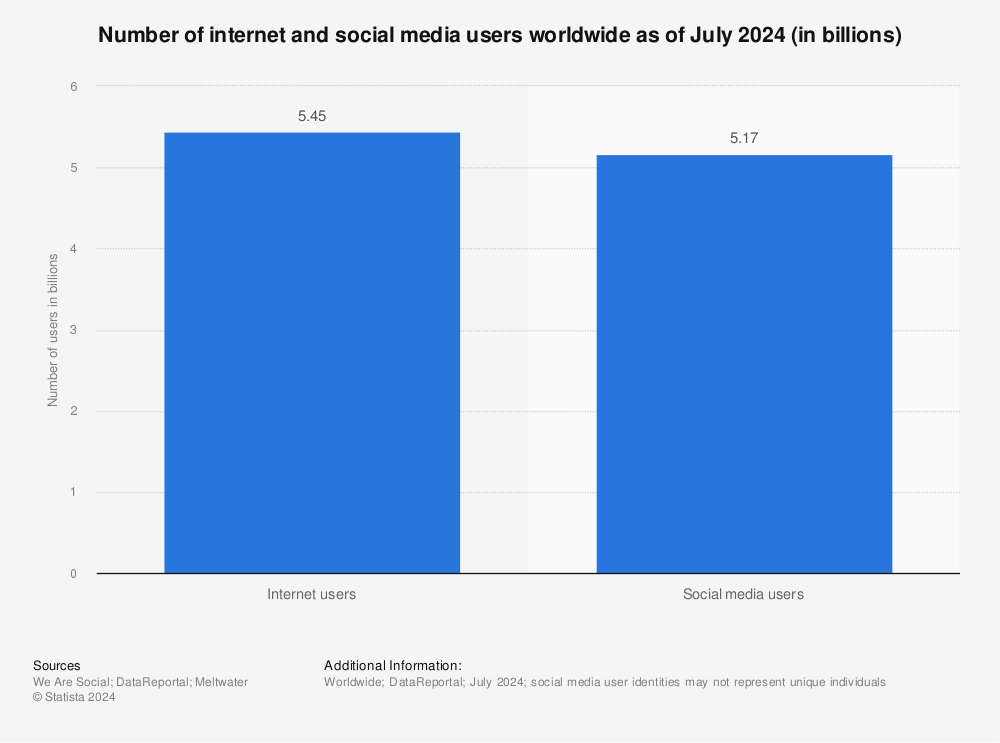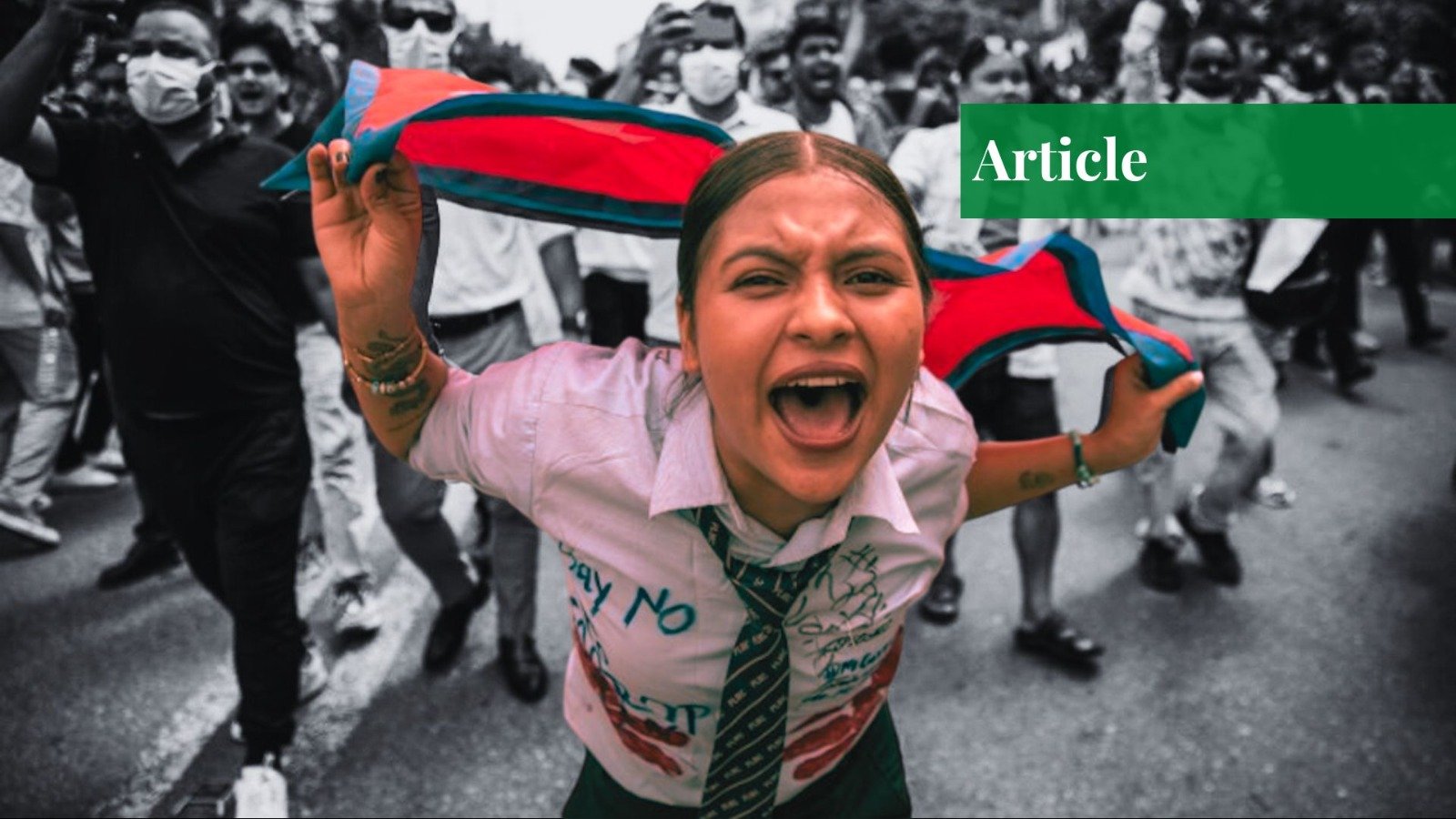On September 8th, 2025, a new hashtag, “Nepo Kids,” went viral on Nepalese social media and various other digital networks. The chaos that followed has opened up a new debate about the future of political activism. Protests erupted in Nepal after the government placed a ban on several social media sites due to non-compliance with the new stricter regulations. But to Gen Z, this meant the death of dissent. A series of deadly protests broke out in Kathmandu, citing political reasons such as corruption and authoritarianism, and the subsequent toppling of the Nepalese Government. But as the events unfolded, the world observed a new face of digital activism, as the country went on to elect its interim Prime Minister via a Discord vote. These events have raised a critical question in the political arena: how is digital and online activism evolving to promote social movements, and do the governments around the world need to be concerned?
Use of Communication Technologies to Mobilize
Digital activism or Cyberactivism is readily increasing in capacity with the spread of digital media and online campaigns over the years. As more people join the over 5.6 billion on the internet, digital platforms become the most convenient tool for political mobilization and civil disobedience.

Find more statistics at Statista
Even with governments across the world attempting to strictly regulate it, social media has advanced the available tactics for the masses to protest. The situation in Nepal is no different, but this example, along with several preceding cases, has brought light to the pros and cons of digital activism.
Online mobilization “democratizes the ability to participate” in the political realm. It is a transformative phenomenon. This is as much of a con as it is a pro. Digital platforms like Instagram, X, TikTok, etc., effectively lower barriers to participation by eliminating the risks associated with physical sit-ins. While this allows people the liberty of voicing their opinions but the impact is relatively short-lived, and using the digital arena alone to steer a political campaign isn’t sustainable in the long run
Examples of Internet Activism
Pakistan
A good example of this dynamic is the series of PTI-led mobilization post the 2024 general elections in Pakistan. With physical rallies largely curtailed and traditional media being closed off to the party, PTI leaned heavily on digital media to maintain political momentum.
Eventually, PTI was able to gather millions virtually using innovative tactics, such as AI-generated speeches of Imran Khan, and using social media channels to keep their leader present in political conversation despite incarceration. But as discussed earlier, this dip in the political fabric of Pakistan was short-lived. Legal and digital countermeasures from the government gradually chipped away at their effectiveness, exposing gaps in the party leadership. The party was not able to sustain the political impact it once used to hold. With several other factors, such as muting the party on mainstream media playing in and compounding the internal friction within PTI, the digital campaign tapered off.
Another characteristic of digital campaigning is its ability to bring innovative, disruptive tactics to breach the government ban on mobilizing its audiences. During the recent general elections, PTI responded to being stripped of its electoral symbol by hosting a live website, which was taken down shortly after. The party then responded by shifting to GitHub, where they couldn’t be easily taken down.
This element complements the idea that online-led campaigns help bring virality to issues that otherwise may be silenced by those in power. Beyond mobilization, digital activism has also helped amplify investigative journalism and help bring light to suppressed content.
Argentina
A good example of this is the feminist movement that sprang up in Argentina in 2015 in response to femicides and gender based violence. The movement using the hashtag “NiUnaMenos” (“Not One Less”) created a digital space for victims to share their stories and advocate for a more effective judicial response. The movement also helped mobilise mass rallies and protests, and the digital presence helped it cross borders and helped it spread to other Latin American countries, and spread into a regional movement.
But given all these pros, digital activism carries a significant risk of polarization. This is because digital debate is difficult to contain, even though it empowers political thought. During a politically unstable period in a country, social media becomes vulnerable to becoming a battleground for narratives from opposing opinions.
Hong Kong
The 2014 Umbrella Movement in Hong Kong rightly illustrates this dynamic. Sparked by demands for greater democratic freedom and fairer elections, the movement relied heavily on digital platforms to organize and spread its message. Yet studies on the movement have found that social media usage during this highly contentious period made people more likely to take polarized positions, reinforcing the divide between pro-democratic and pro-establishment groups. The Umbrella Movement became a physical example of this, where people created eco-chambers, with algorithms funneling them into ideological filter bubbles.
Brazil
Coupled with confirmation bias, which means people tend to seek out opinions and information that tend to validate their own opinions, this ultimately becomes a significant barrier to conducting a fruitful dialogue between the activists and the state. This example was reiterated by a study conducted in Brazil to analyze the digital activism campaign conducted by supporters of convicted ex-president Bolsonaro. They used a targeted campaign to conduct hashtag activism and deliberately framed narratives to create an “us vs. them” framing. This ultimately led to deep polarization in political views.
Conclusion
Digital activism is no longer a peripheral idea; it has become a defining element of politics and governance in the 21st century. The cases discussed earlier have portrayed the innovative strength of digital activism as a political tool and the structural fragility associated with it. These movements have displayed that this phenomenon is better understood as a catalyst to political action rather than a substitute for traditional politics. It lowers the barriers to participation, and it forces accountability and amplifies voices that would have otherwise been curbed.
Yet given its novelty and lack of robust institutions around it, its effects often end up being short-lived and counterproductive, and are not able to challenge the political energy they harness meaningfully. As digital activism progresses and establishes a stronger footing in global politics, one clear lesson for activists is that it necessitates being paired with a structured offline strategy to bring meaningful results.
If you want to submit your articles and/or research papers, please visit the Submissions page.
To stay updated with the latest jobs, CSS news, internships, scholarships, and current affairs articles, join our Community Forum!
The views and opinions expressed in this article/paper are the author’s own and do not necessarily reflect the editorial position of Paradigm Shift.


